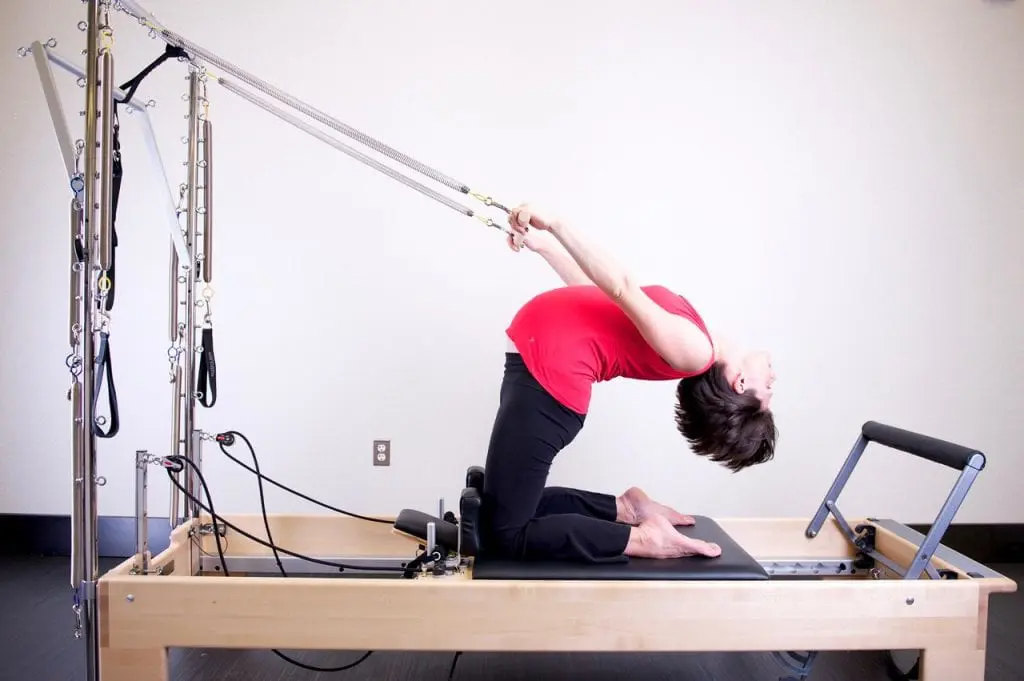There’s one thing that every child is told at least once, and that’s to sit up straight and pay attention. Posture, it seems, is something that we are all taught about from a young age and yet, we all end up slumped over at some point or another in life. As children, we pay attention and sit up straight when an adult tells us to, but we do it because we’re told to and not because we know anything about the reasons behind their demands. To be honest, most adults aren’t always aware of why they tell children to sit up straight, but they do it because they, too, were told the same as children.
Why Is Good Posture So Important?
Posture refers to the alignment of the body and the positioning of the spine when considering gravity; no matter how we position ourselves, gravity does its thing and exerts pressure on our joints, muscles and our ligaments. We are supposed to demonstrate proper posture to distribute the force of gravity evenly throughout our bodies to avoid stress on individual structures.
In the same way that a house with bad foundations will eventually crumble, our bodies need to have good posture over poor posture so that we don’t crumble quickly. If you took a look into every office in your country, the first thing that you notice is the workers that sit with rounded backs over their computers.
The introduction of industrialization was a wondrous time, but it brought about an increase in the amount that we sit in the modern world. Add in the technology that is quite literally at our fingertips these days, and we are permanently hunched over. One of the things that make us human is our ability to stand upright, but yet we bend over as we walk and creep around a little; not exactly ideal, right?

The Benefits Of Good Posture
As a good posture is so important, we must learn how to improve our posture – which we will get to a little later. Until then, it’s also vital to understand just why good posture is essential, and here are some of the biggest reasons:
- When you stand or sit with your body aligned properly, your organs can function in their intended way. For example, a straightened back gives your digestive system much-needed space, and you can improve your digestion this way.
- The proper posture of sitting upright, with shoulders back and chin up, can efficiently balance your body weight. Improper posture means that your muscles, tendons, and ligaments have to work hard to support the same weight. This then leads to headaches and back and neck aches, too. Your focus on your posture could go a long way to fixing those issues and reducing your pain.
- We all need to breathe, and your lungs need space to do that. Slouching can lead to your lungs to feel squashed, which makes for inefficient breathing.
- There has been research to show that there could be a connection between good posture and retaining information. It’s still a theory, but it says that taking in more oxygen improves your cognition.
- Good posture makes you look taller, more confident. Standing up straighter can make you look more powerful, improving your overall appearance.
How To Improve Posture
It’s not an easy feat to improve your posture. You can do it with posture exercises, and you can ask your doctor how to fix your posture, too, but it is a strange feeling at first. You may also be qualified to visit a physical therapist without a prescription if your state has direct access. If you find yourself slouching more often than not, you need to take steps to work on your posture in all parts of your life, whether you are walking or sleeping. Improvement does take time, but you can use some tips to help you to remember to correct it, as well as try out these posture exercises below to strengthen the muscles.

Helpful Exercises
Your core muscles are there to support you, and they also help you to support your posture. Lie on your back with your legs bent about 90 degrees at the knee, with your feet on the floor. Pull your stomach and in and hold it. The more you strengthen your core, the better your posture will be.
- When you sit upright in a chair, squeeze your shoulder blades together and hold for a few seconds, which will improve your muscles in the back.
- Strength training is an excellent tool for improving your posture, and the stretches that you can do as part of it strengthen the shoulder muscles.
- Postural Improvement
- Find your center by standing up straight. Chin should be level with the ground, with your shoulders back and stomach pulled in. Imagine a string is holding you up toward the ceiling, and you cannot break that string. Visualization can really give you a sense of the proper posture that you should be standing in.
- A wall can help! Standing with your back against a wall with the back of your head, shoulders and your butt just touching it. Hold this position and move away from the wall to see if you can stay in this position.
- Hold your shoulders back and have a friend use medical tape from shoulder to hip in an ‘X’ either side. If you feel a pull on the tape, you need to correct your posture.
- When you’re sitting, adjust your computer screen and keyboard so your eyes are level with the screen and your wrists and hands are level with the keyboard. Use ergonomic chairs to keep you supported and relaxed while maintaining an upright position.

Can Physical Therapy Help?
Our bodies are asymmetrical, and all of our bodily systems are not quite a match on each side of the body. Even with that lack of symmetry, we still create a balance in how we move.
Unfortunately, we can still develop postural imbalances, whether we are sitting, standing or even lying down. This can develop at a young age through professional and repetitive work and over time, the repeated reliance on the dominant side of the body can lead to the over or under-use of the muscles, which then ends up with you in pain! Physical therapy is an excellent solution to posture imbalance because an assessment can be made and a plan set to help you.
You have different muscles surrounding your spine and core to help you to stay upright, and these muscles are used for long durations to keep your body aligned correctly. However, the less you use them, the more they atrophy. This means that they can’t do their job correctly, and with the sedentary lifestyles that we tend to lead today, the muscles are weaker.
Before you panic, we’ve already talked about some of the exercises that you can do to improve your posture, and we’ve discussed the ways you can stand or sit consciously to improve your spinal alignment.
- When it comes to your posture and learning the mechanics of your body and how it moves the way that it does, no one is more able to talk you through what to do than a physical therapist. They evaluate the way your body moves and sits, your posture, strength, and mobility to be able to give you the right advice on what to do about your posture. They can also personalize a plan that is made for you to exercise correctly and eradicate pain quickly. You could be well on your way to a pain free life with the guidance of a physical therapist.
- Here are some ways that your physical therapist will tell you to help your posture:
- Be aware of your posture during the day and take breaks to move – you need to be mindful of staying still for too long and how this can affect you.
- Work on the above exercises to improve your core and your back muscles. Stretch! Use a wall to help you to align yourself, or use a hard surface like the floor. Do some stretching exercises to help you to feel like it’s working to straighten you out.
- Walk tall, run tall and do what you can to feel ‘tall,’ which is best achieved by walking or running every day.
- Spend time being conscious of your breathing throughout the day and take deep breaths to help to mobilize your spine.
- Think about your work-space and how you are sitting at your desk. Get your desk at work evaluated ergonomically and adequately so that you are sitting most comfortably for your body.
If we hold a poor posture while sitting or standing for an extended period, our muscles soon learn that is how we sit, and the brain begins to believe that’s what is correct, creating pathways in the brain saying the posture is correct when it isn’t. The best thing to do is to teach the body the proper posture as early as possible so that the brain knows exactly what the body should be doing!
If you find yourself struggling with the correct posture or need help retraining your body, reach out to Premier Physical Therapy! Our expert physical therapists can help improve your posture!
.png)



